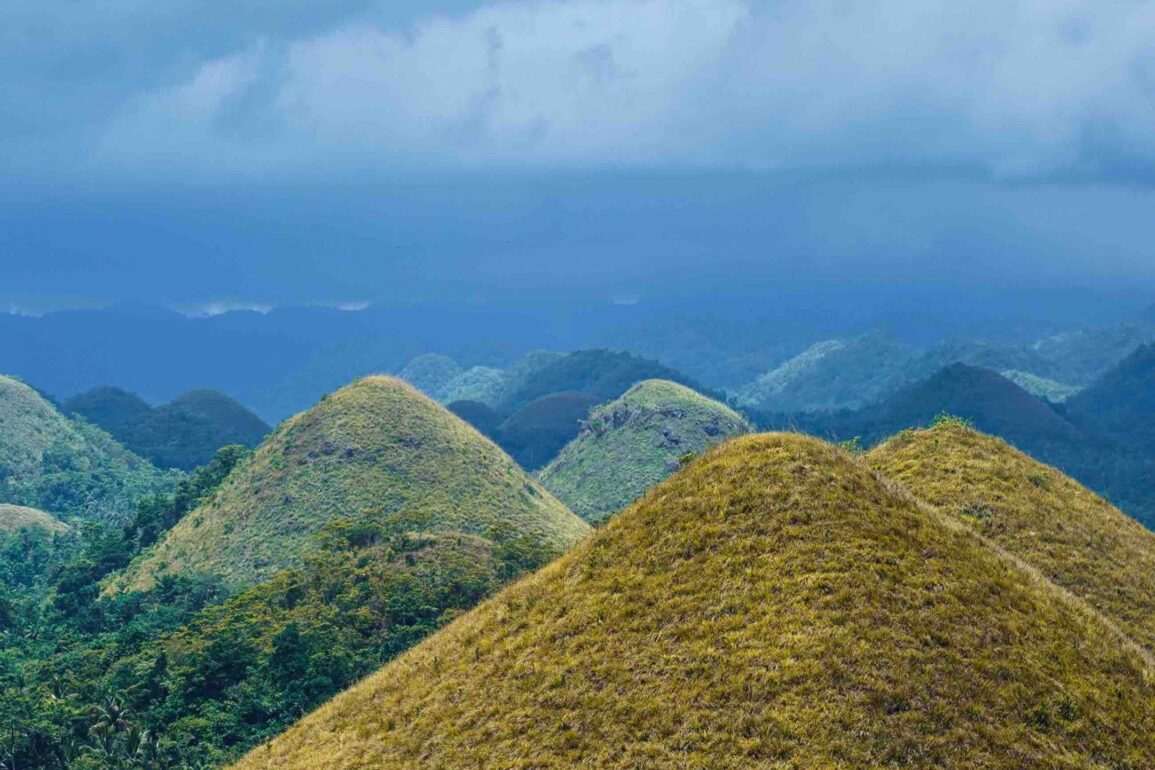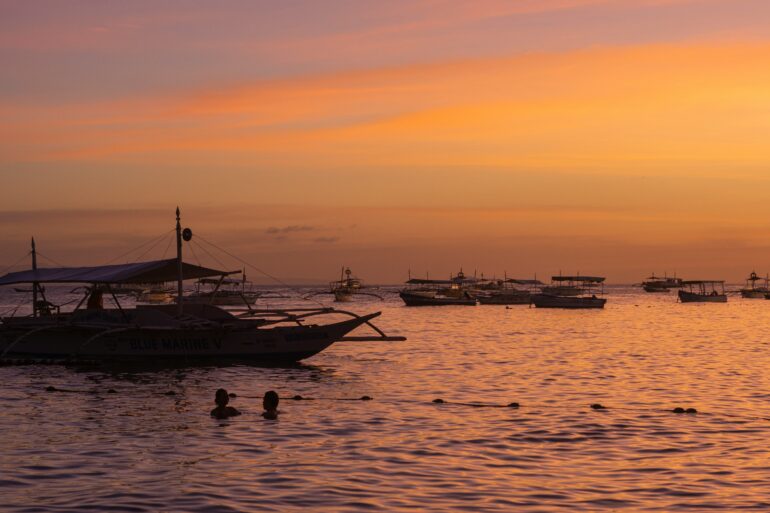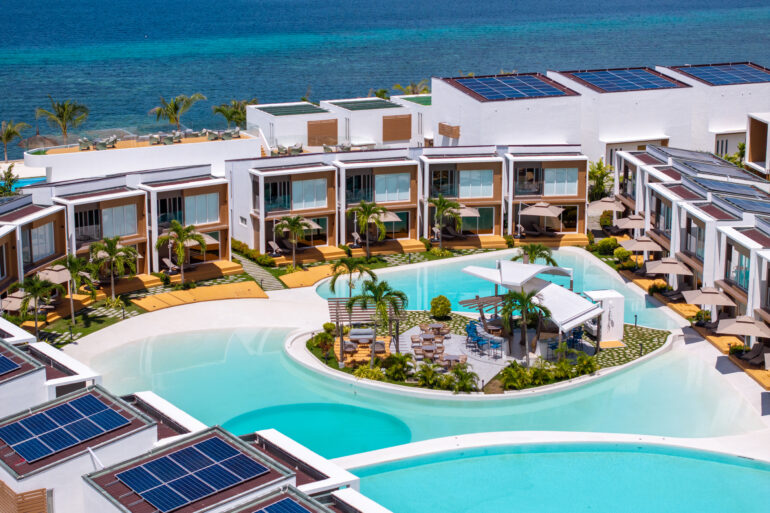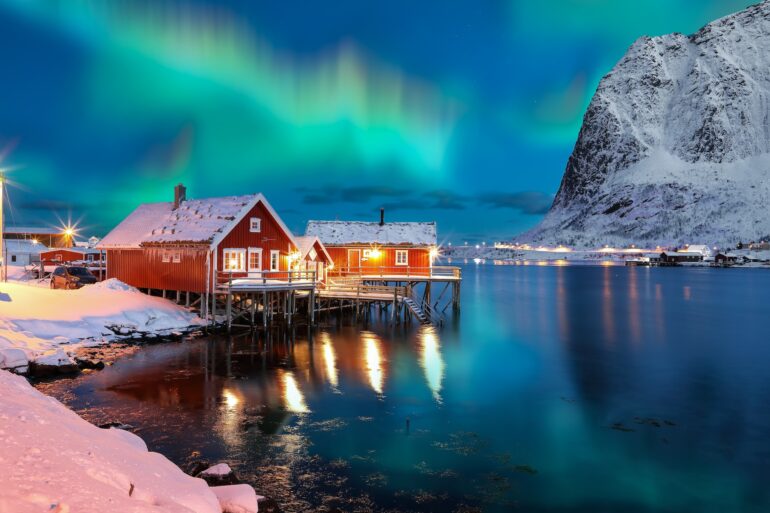The island province joins a strong network of 195 UNESCO Global Geoparks worldwide.
A victory for Philippine eco-tourism—Bohol, home of the famous Chocolate Hills, the quirky tarsier, and some of the world’s best diving spots, has been named as the Philippines’ first United Nations Educational, Scientific and Cultural Organization (UNESCO) Global Geopark.
Recognizing the island’s distinct geological identity—the result of over 150 million years of tectonic activity—and its emerging eco-tourism industry, the cultural arm of the United Nations deemed Bohol a site of significant geological, natural, and cultural heritage. Over 8,808 sq.km of land and marine areas are included within the geopark’s borders.
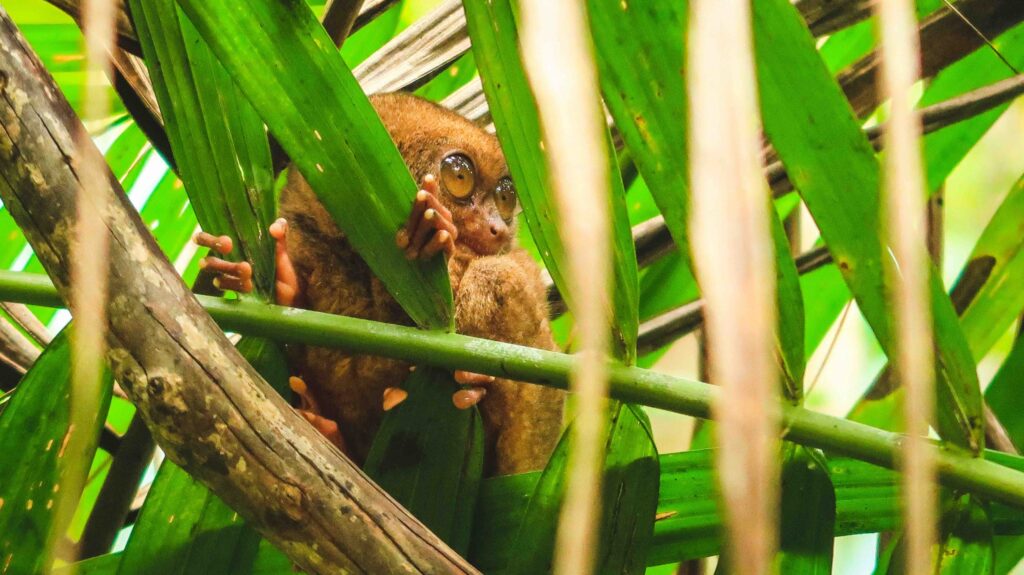


PHOTO: Unsplash
Aside from the iconic hills, UNESCO also recognized the Danajon Double Barrier Reef, the “the only one of its kind in Southeast Asia and one of just six documented double barrier reefs on Earth.” According to the agency, it houses over 6,000 years of coral growth nurtured “by a combination of favourable tidal currents and coral growth on a submarine ridge in the area.”
In an Instagram post, Tourism Secretary Christina Garcia Frasco thanked UNESCO for the recognition, citing that “the inclusion of Bohol in the UNESCO Global Geoparks network is a welcome declaration of the island’s global importance, and an inspiration to propel further [the] country’s efforts towards sustainable tourism development.”
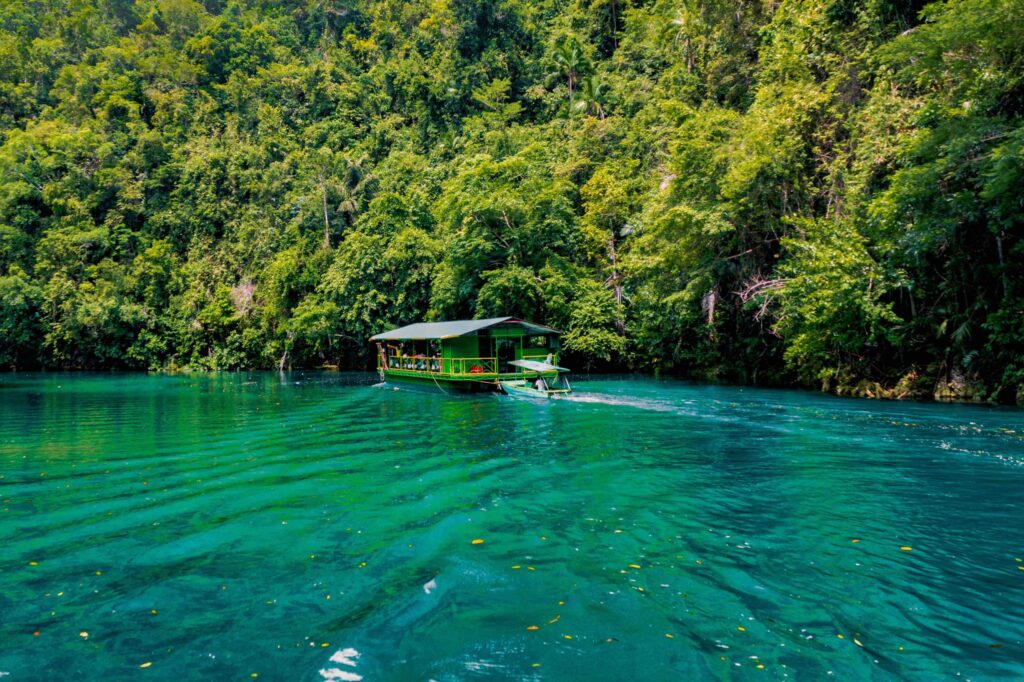


UNESCO Global Geoparks (UGGp) are defined as “single, unified geographical areas where sites and landscapes of international geological significance are managed with a holistic concept of protection, education and sustainable development,” according to the official UNESCO website. Bohol joins a network of 195 geoparks spread across 48 countries worldwide.
By defining such spaces, UNESCO aims “to enhance awareness and understanding of key issues facing society, such as using our earth’s resources sustainably, mitigating the effects of climate change and reducing natural hazard-related risks.

